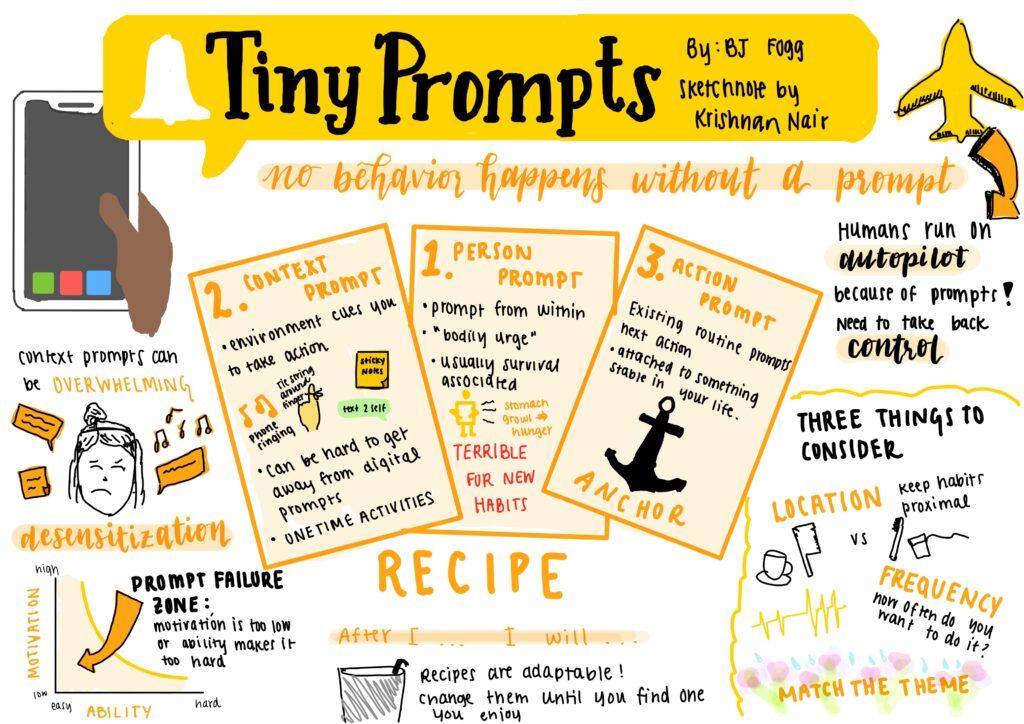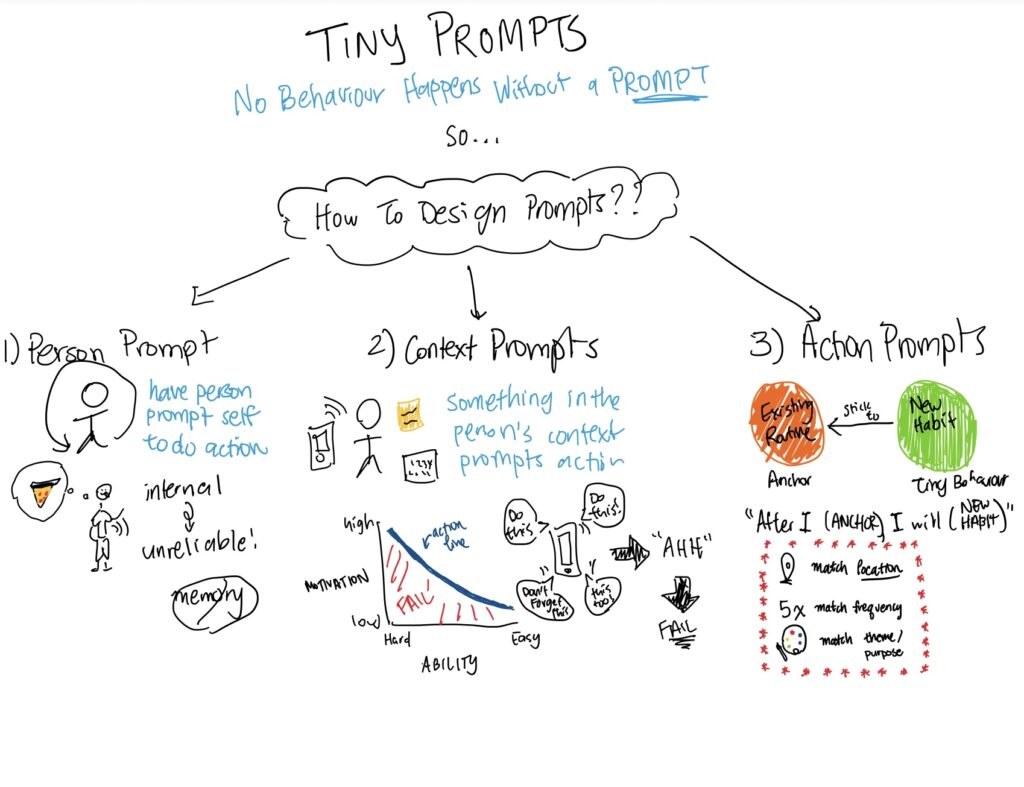After reading the first chapter, I feel like a product manager is the organization’s connective tissue who is accountable for outcomes without the crutch of authority. As the chapter wrote “lots of responsibility but little authority,”a product manager is not only about owning a product but needing to leverage people’s and relationship skills that build trust, remove friction, and align incentives across people. This is my first realization point that changes my past impression of PM just being about building products.
Because of such characteristic, I think it is very hard to come up with a particular SOP or approach. Rather, we need to adjust by context, people, and product that we are working on. In fact, I feel like many of the bad examples of the PM can be easily fallen into as PMs try to balance out the two opposite factors, such as between big ideas and details for The Steve Jobs Acolyte. I also remembered reading one of the skills for PM is “the skill of actually figuring out what you need.” This means that as product manager, we need to be good at approaching ambiguity and leverage it to frame our problem, surface our unknown, and convert fuzzy intent into tractable choices.
This reminds me of my internship in consulting during the past summer, where finding problems and having the initial analysis, along with alligning all stakeholders is very important in coming up with a good outcome. One of the cases that I worked on have a bad external and internal relationship due to values misallignment. This is resonated with the nonprofit vignette, where once shared goals were co-created, defensiveness and “martyr” behaviors melted away. Another point that I really liked was surrounding the rituals. Stuff like weekly decision forum shape behavior more than slogans, and psychologically I feel like being clear with such weekly standup creates daily allignment to prevent a lot of redoing. I also realized that in the past when we have scheduled weekly/daily meeting then cancel when not needed, the team will be happy. Nevertheless, if we do it the other way around, not scheduling weekly in the first place but form one, people will generally feel frustrated. Thus, building a good habit becomes very important and giving the team an expectation. Good cadence prevents the “Product Martyr” by distributing responsibility into repeatable forums, not heroic one-offs.
Questions for author:
-
-
How do you coach a team member exhibiting Hero PM or Product Martyr tendencies—what interventions have the highest success rate?
-
How do you find the balance between short-term and long term goals, or in general when multiple stakeholders hold opposite ideas in a group?
- How do PMs avoid becoming permanent catch-alls while honoring the chapter’s call to do whatever the product needs?
- Since PM impact is “difficult to quantify,” which team-health or coordination metrics you’ve found most predictive?
-



